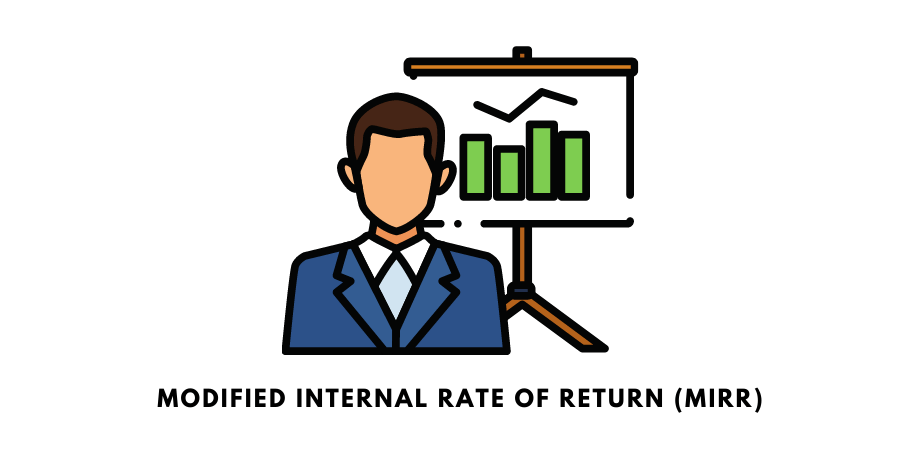Modified Internal Rate of Return (MIRR)
This article is from the Performance Measurement and Reporting section, contains the definition of Modified Internal Rate of Return (MIRR) and the information on how to use this metric.

Modified Internal Rate of Return (MIRR), a relatively new metric, modifies the traditional Internal Rate of Return (IRR) approach in that it no longer assumes cash flows are re-invested at the same rate.
This methodology allows the user to input their own, implied re-investment rate. Whilst this may resolve some of the known flaws of the traditional approach relating to multiple cash flows on various dates both into and out of a fund, it requires the user to input a re-investment rate appropriate to their circumstances. Such re-investment rates are likely to vary according to the individual circumstances of each investor, and require detailed knowledge of that investor’s individual circumstances and opportunities for re-investment. Accordingly, it is not recommended as a metric for reporting by a General Partner (GP) generally to its investors.

Use of Modified Internal Rate of Return (MIRR) should be restricted to situations where an Limited Partner (LP) who has (i) the information to calculate their own re-investment rate and (ii) the detail of the underlying cash flows for each of the funds in which they have invested and which they wish to compare. In such circumstance, it provides an alternative methodology for comparing the performance of those funds.

Where a Modified Internal Rate of Return (MIRR) is calculated, the implied re-investment rate should always be disclosed alongside the MIRR. MIRRs should only be compared to other MIRRs calculated using the same re-investment rate. Comparison of Modified Internal Rates of Return (MIRRs) with traditional Internal Rates of Return (IRRs) is never appropriate.





